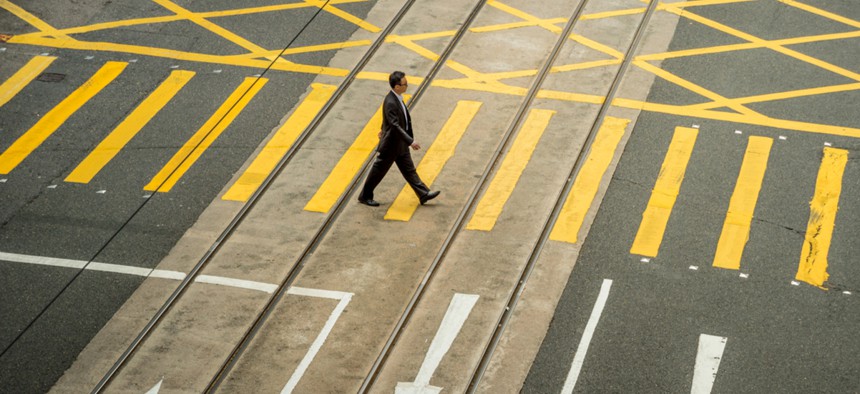
Marc Bruxelle/Shutterstock.com
5 Ways To Maintain Community While Social Distancing
It's possible to maintain community despite the social distancing necessary to contain the spread of COVID-19, according to a professor of health psychology.
It’s possible to maintain community while social distancing to contain the spread of COVID-19, according to a professor of health psychology.
In an effort to slow the spread of COVID-19 throughout the US, thousands of in-person gatherings are now canceled, including sporting events, parades, concerts, and church services. For many, the CDC recommendations on social distancing can start to feel isolating. People who have anxiety and depression can have their symptoms exacerbated, and people who are not normally depressed or anxious can start to feel disconnected and lonely.
However, there are ways to maintain community while still being responsible, according to Laura Schopp, professor and chair of the department of health psychology in the School of Health Professions at the University of Missouri.
“We can mitigate the effects of social distancing by reaching out to others in different ways,” Schopp says. “It is very empowering when everyone feels like they have a place to make a contribution.”
Schopp offers the following insight for maintaining community:
1. Call or Video Chat With Family and Friends
Connecting with others virtually can build a sense of community during a difficult time.
This includes virtual gaming, checking in with people through text messaging, and hanging out in video group chats. People can consider using phone trees to check in on family members and to keep everyone posted on how they are doing. You can play board games using video chat or FaceTime, and you might want to consider a brief daily group call with a small group of friends to plan what you will do today in the event that you cannot get out. Just make sure that your conversations include non-virus-related topics, since it can be easy to focus on the virus and forget all the things that are going well.
2. See a Friend while Being Careful
If it is safe to do so, spend time with one or two other people in-person.
Remember, it’s okay for small groups of ten people or fewer to still spend time together. The CDC defines “social distancing” as maintaining six feet of distance between yourself and others when possible. Make sure to wash your hands and wipe down surfaces before and after spending time together. If weather permits, go outside! Sitting around a fire pit can be a way to pass an enjoyable evening. Walking outside is a great way to relieve stress, appreciate nature, and enjoy the outdoors. Consider walking on a local trail, or a trip to a local park now that the weather is warming up. If your home is set up for it, a Netflix night with a one or two people can allow you to enjoy each other’s company while still sitting six feet apart.
3. Cook For Others in the Community
Cook a meal for a friend, family member, or neighbor who doesn’t cook or deliver groceries to someone who is housebound.
This is a small way to make a big impact and will also brighten your day. Consider leaving kind notes for others outside their houses or an occasional small gesture of care, such as a small jar of cut flowers or a book you’ve recently enjoyed. Make sure others who cannot leave their houses have your cell phone number. Also, don’t forget to ask about their pets—do they have enough cat litter or dog food? Additionally, consider sharing suggestions for funny videos or classic movies you have enjoyed.
4. Be Friendly While Social Distancing
There’s no need to avoid eye-contact and smiling at your neighbor. We’re all in this together. A polite wave can make a great morale booster during these tough times.
5. Share Your Extras
If you have extra toilet paper or cleaning supplies available, consider sharing your surplus to benefit others. Food banks, homeless shelters, and other local agencies need your donations. Many people struggle in the best of times to ensure that their families have the resources they need, and the virus puts even more pressure on individuals and organizations just when securing those resources may be most challenging.
The views and opinions expressed here are based on the research and/or opinions of the faculty member and do not reflect the university’s official stance.
Source: University of Missouri
This article was originally published in Futurity. Edits have been made to this republication. It has been republished under the Attribution 4.0 International license.






